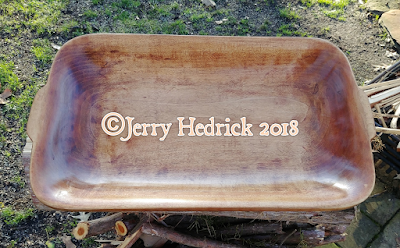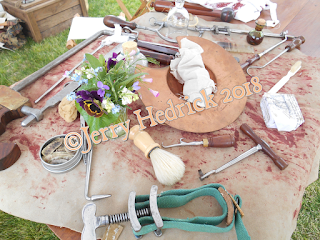What’s in a Name? Musings on Ship’s Names and History

16th Century England's Most Infamous Privateer Ahead of the curve on the handlebar moustache trend. I f you do any research into 16 th maritime history, there’s no denying that Sir Francis Drake was an incredible mariner, explorer, tactician, and businessman. It should also be noted, however, that he got his start as a slave trader, thanks to his earlier association with his cousin Christopher Hawkins. Starting as the son of a tenant farmer, he was able to make his way to the royal court of Queen Elizabeth I. By the age of 40 he had travelled all over the known world and amassed great wealth and fame; he was also the second person to circumnavigate the globe and claimed California for England. As a privateer, he was a national hero as he filled England’s coffers with plundered Spanish gold and silver; to the Spanish, he was known as a dreaded pirate with a bounty on his head. Capturing the Nuestra de Whatever In 1577, Queen Elizabeth asked Drake to attack Spanish s...




